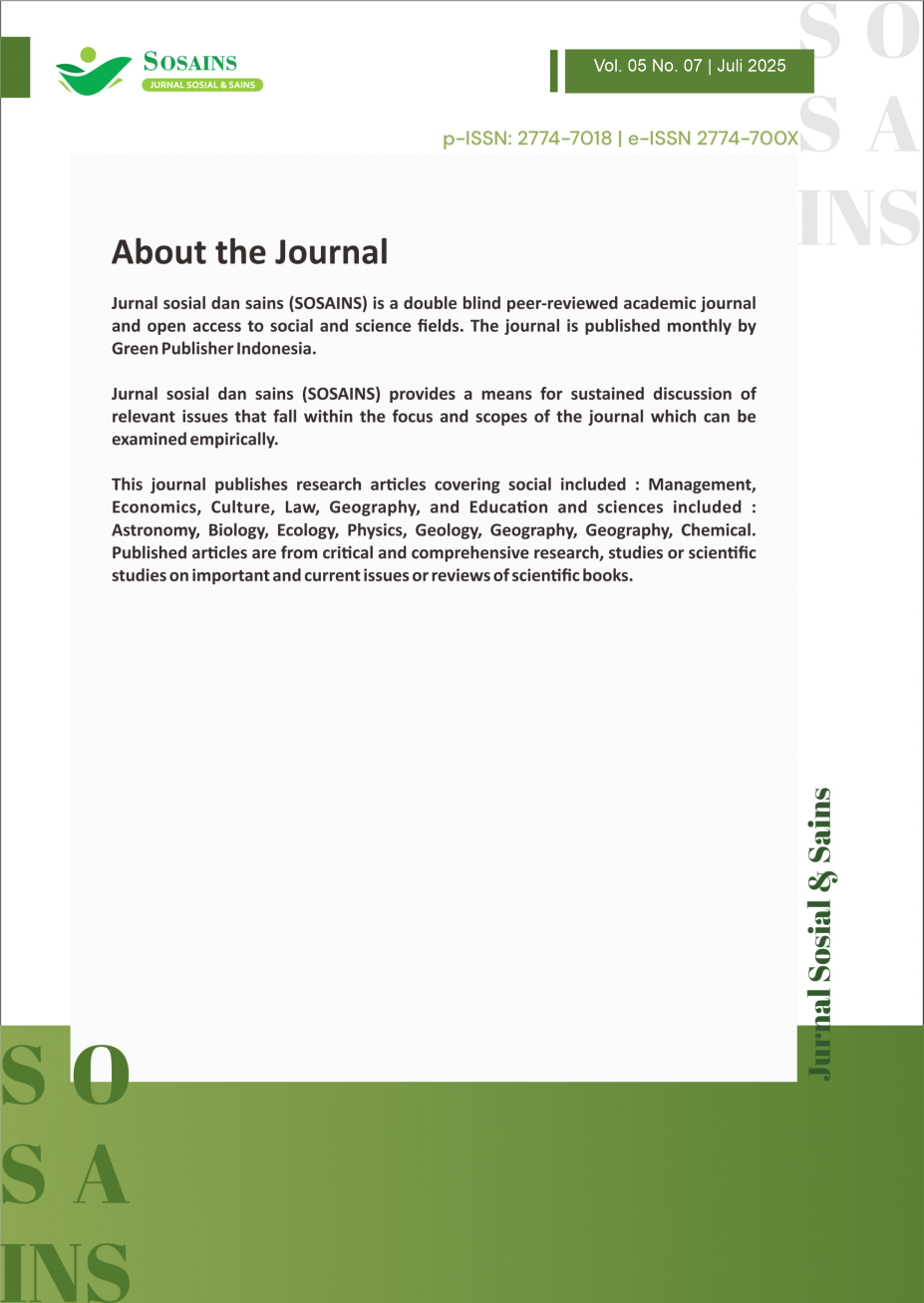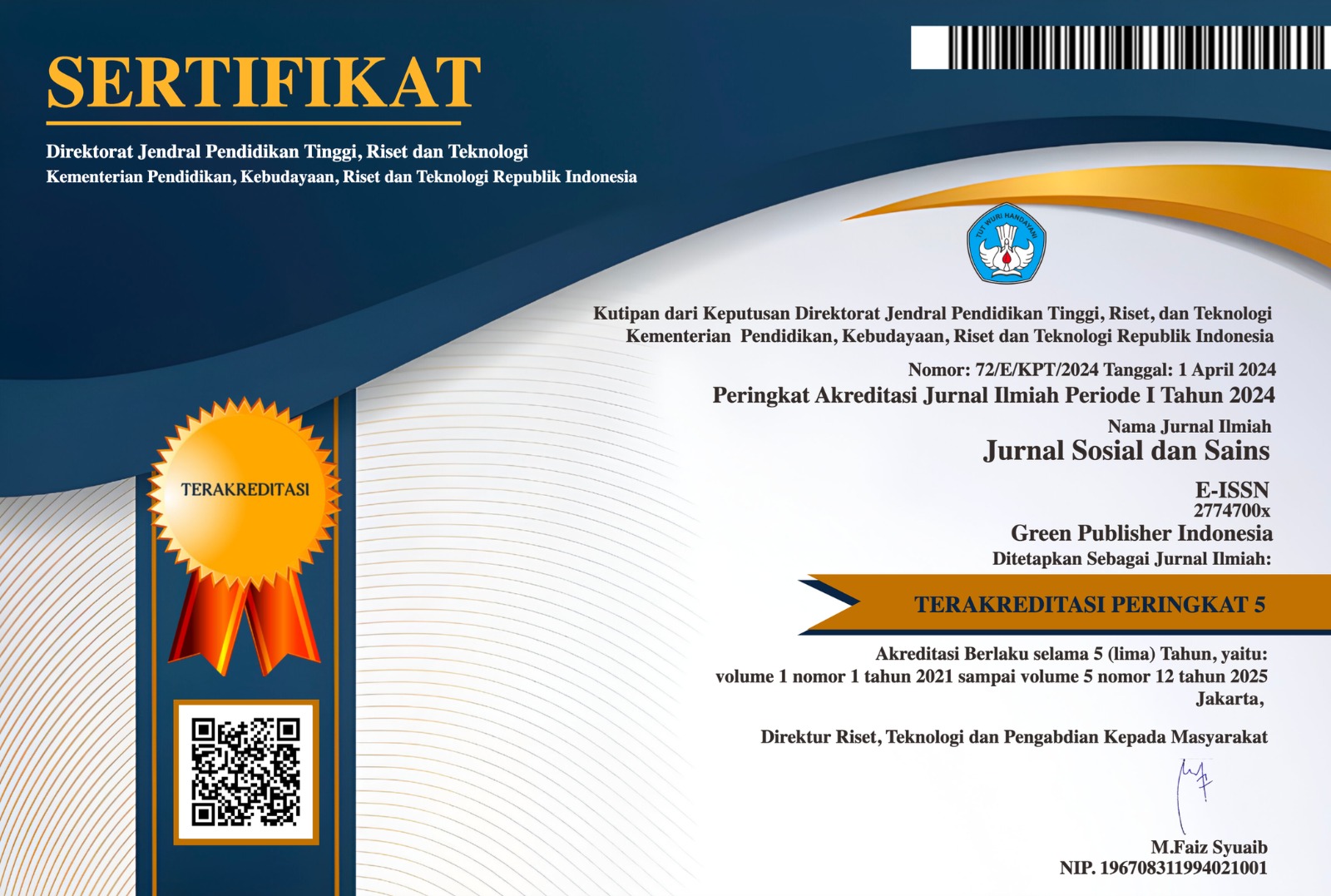Desensitisasi Cepat Sebagai Prosedur Induksi Toleransi Terhadap Alergen
DOI:
https://doi.org/10.59188/jurnalsosains.v5i7.32409Keywords:
hypersensitivity reaction, rapid desensitization, tolerance.Abstract
Immediate hypersensitivity reactions are one of the leading causes of morbidity in the world. Immediate hypersensitivity reactions occur immediately following exposure to the antigen. This reaction can manifest as mild, such as itching, or severe, such as bronchospasm, shock, and death. Immediate hypersensitivity reactions are included in type 1 hypersensitivity reactions which are mediated by immunoglobulin E. In some cases, there are conditions where a patient must consume a known allergen, which is usually in the form of a drug due to an illness. This condition often occurs in patients with infections for whom there are no other antibiotic options or in patients with cardiovascular disorders who must take aspirin. Rapid desensitization is a modality that can be used to treat this condition. This procedure aims to induce tolerance to a known allergen. This procedure has several stages and must be carried out with close monitoring. The end result of this procedure is the induction of tolerance to allergens, so that these allergens can be safely used by patients. Several protocols have been issued to perform rapid desensitization. Existing protocols for rapid desensitization include rapid desensitization protocols to penicillin, co-trimoxazole and aspirin.
Downloads
Published
How to Cite
Issue
Section
License
Copyright (c) 2025 I Made Basudewa, Ketut Suardamana

This work is licensed under a Creative Commons Attribution-ShareAlike 4.0 International License.
Authors who publish with this journal agree to the following terms:
- Authors retain copyright and grant the journal right of first publication with the work simultaneously licensed under a Creative Commons Attribution-ShareAlike 4.0 International (CC-BY-SA). that allows others to share the work with an acknowledgement of the work's authorship and initial publication in this journal.
- Authors are able to enter into separate, additional contractual arrangements for the non-exclusive distribution of the journal's published version of the work (e.g., post it to an institutional repository or publish it in a book), with an acknowledgement of its initial publication in this journal.
- Authors are permitted and encouraged to post their work online (e.g., in institutional repositories or on their website) prior to and during the submission process, as it can lead to productive exchanges, as well as earlier and greater citation of published work.








